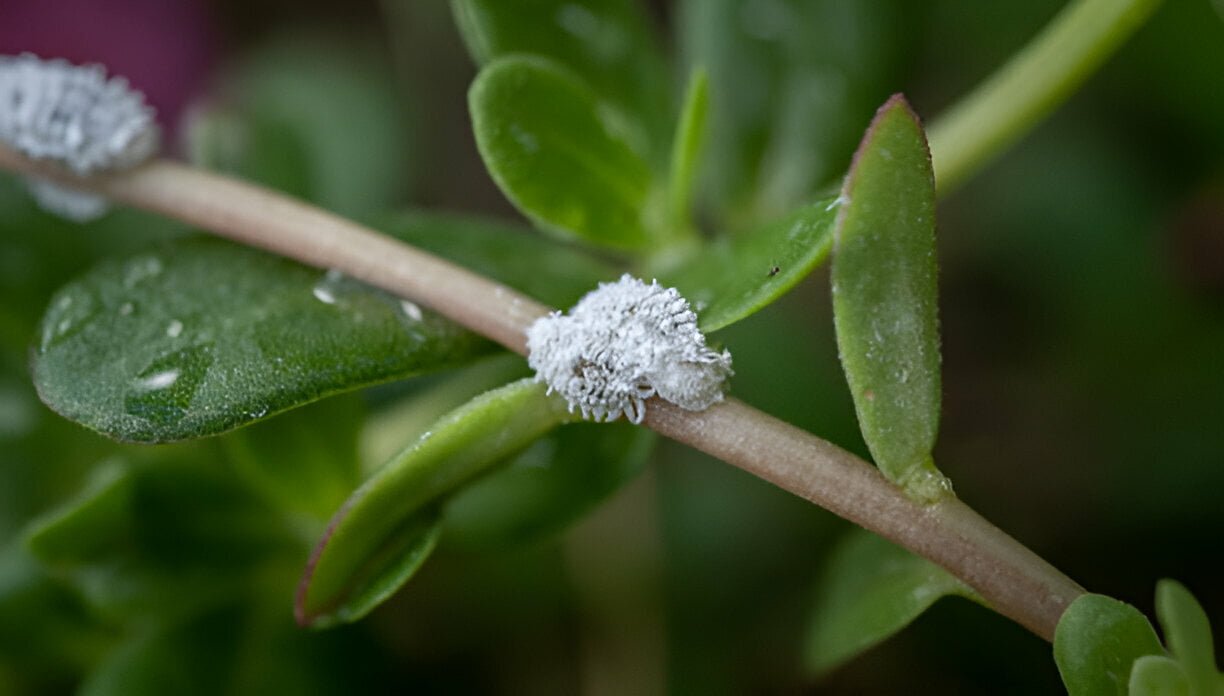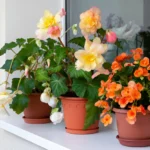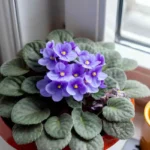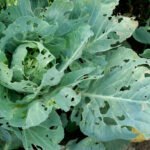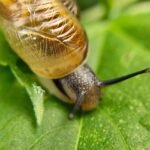Table of Contents
Add a header to begin generating the table of contents
Whether you are growing any plant indoors or outdoors, one name you are familiar with is the mealybug. They are masters at killing your happy, healthy plant in no time. You may lose your favourite plant due to a bit of carelessness.
Let’s know more about mealybug:
What is a Mealybug?
The silent killer of plants is the mealybug. Part of the Pseudococcidae family, it varies in appearance from light yellow to white and light pink. It is small and white, with black spots on the upper part of the body and a slender tail at the back.
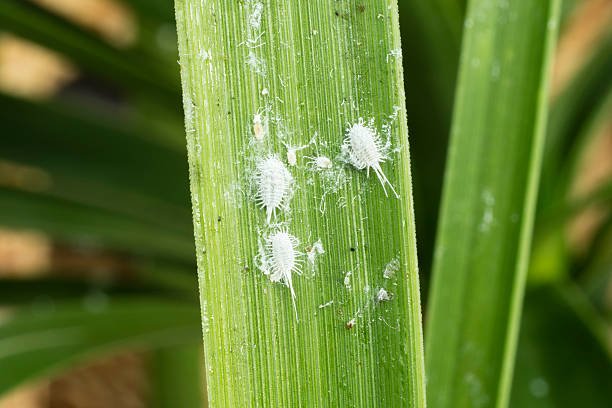
Male mealybugs may have wings depending on the species, while females do not. Mealybugs secrete a liquid substance called honeydew. Leaf stalks appear black or oily. They attack your plants before you know it.
You will know that your plant has been attacked by mealybugs when you see small white, waxy, or cottony spots on the leaves of your green, glossy plant.
Female mealybugs carry eggs on their body, pick up on different parts of the plant covered with white wax, and lay eggs there, hatching in 7-10 days. Adult females die after laying eggs. Mealybugs can live from two weeks to three months. Mealybugs can survive for years in greenhouses.
How Mealybugs Can Get on Your Plants?
Knowing how the mealybugs can attack or come to our house plants before treating the plants infested with mealybugs is very important. Mealybugs replicate rapidly in numbers and will attack your plants without your knowledge.
If plants infested with mealybugs are placed side by side, they spread quickly to other plants. They can also spread through the air. Some varieties of mealybugs have wings.
When you buy a plant and bring it home, it may be infested with mealybugs or have eggs that are hard to see with the naked eye even after you observe.
Plants you can grow in your front yard or backyard. They may be infused with mealybugs. Mealybugs can come indoors when you bring your vegetables or plants inside from the backyard in intensive dry weather.
Equipment used in millipede-infested plants can also spread it.
Plants attacked by mealybugs are caused by using soil or tubs without cleaning them.

When mealybugs become challenging to get rid of?
As mealybugs multiply rapidly, they will suck your plant’s nutrients and make the plant unhealthy. If you do not remove them when they are few, the entire plant will be affected within 1 to 2 days, and then it will become challenging to remove them from the plant.
You should monitor the plant after bringing it home and spray regularly with insecticides.
As soon as possible, place mealybug-infested plants away from the healthy plants.
Quarantine is best. Quarantine should be kept for at least 25-30 days. Keep the plant here until it heals enough, and when it heals, take your plants to their friends.
If you have a small number of mealybugs on your hydrangea plant, take your plant to the sink and then spray or use high-pressure water to kill the mealybugs.
Remove the remaining mealybugs by running water down the sink drain.
Mealybugs leave a waxy coating on plant leaves, making removing them with sprays difficult.
They also curl the leaves and spoil them. Cut off the affected branches and leaves with a sharp pair of scissors or a knife.
Take away the cuts from all other plants in your house and burn it.
Remove with rubbing alcohol and cotton. Fill up with rubbing alcohol.
Rub the affected leaves of your plant with an alcohol swab. Apply to the upper and lower parts of the leaves by rotating the plants so that no part is left.
You can’t lift or have a leaf groove for plants, so clean their mealybugs with cotton buds and rub alcohol. Mealybugs turn light brown and orange when they die.
Spray with rubbing alcohol. You can buy rubbing alcohol (70%) online or at local stores. Isopropyl alcohol cannot be used.
Mix alcohol 1:1 with water and fill your sprayer. Now spray the different parts of your affected plant where the mealybugs are.
Use dish soap. You can get rid of mealybugs with dish soap that you have at home.
Take 1/2 drop of dish soap in 1 litre of water, mix well, fill the sprayer, and spray on your affected plants.
Use neem oil. Neem oil acts as an insect repellent while not harming beneficial insects (those that help in pollination).
Neem oil can be mixed with water and sprayed on mealybugs.
When there are many mealybugs on your plants, it becomes difficult to save them with home remedies. I suggest spraying insecticide. Mix the insecticide 1:3 with water and fill your spray bottle.
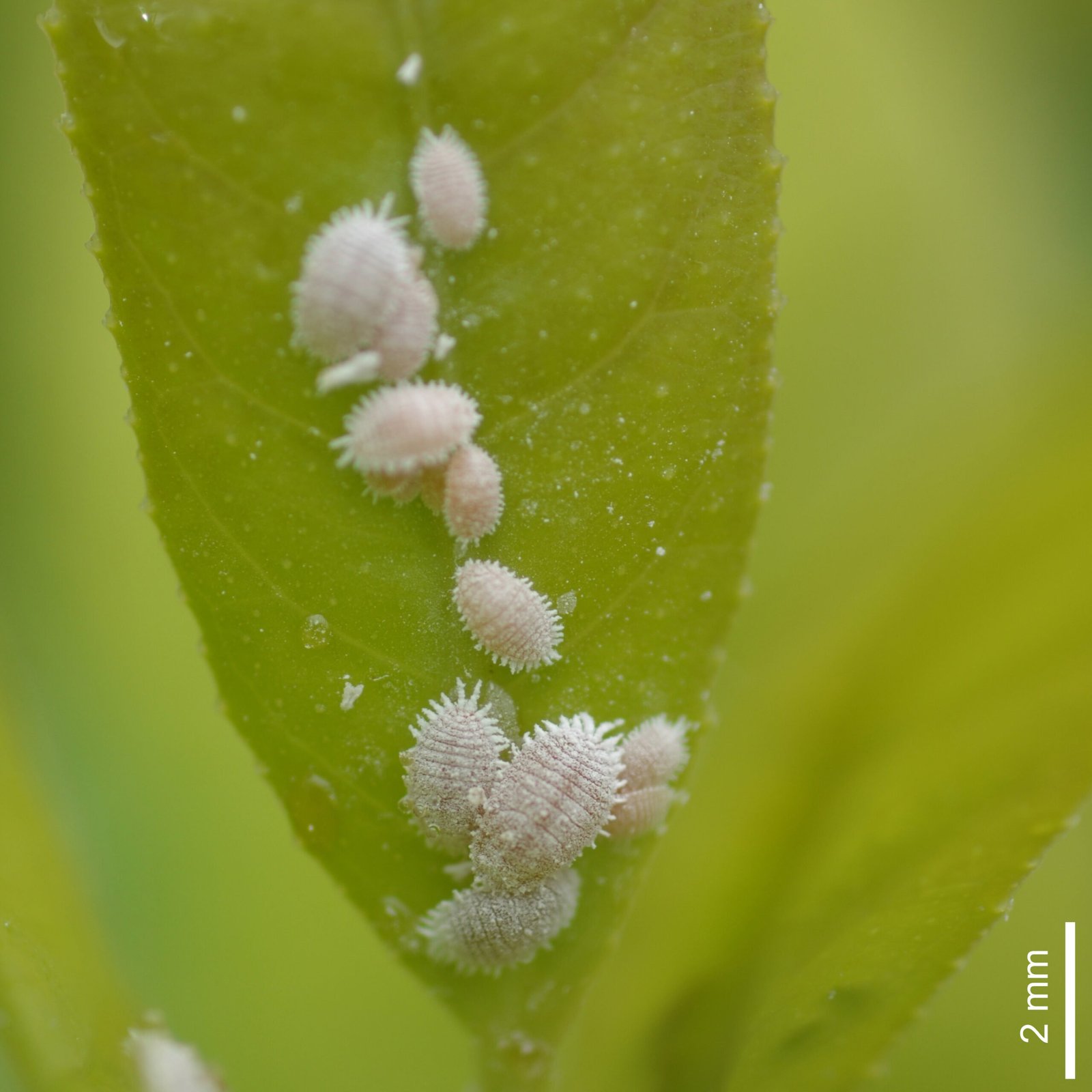
Some beneficial insects destroy mealybugs, such as lace bugs, parasitoid wasps, predaceous midges, spiders, black bugs, etc. They kill mealybugs. You can get them for outdoor plants and use them to repel mealybugs. Please do not make this mistake for houseplants; pests are unsuitable.
Pro Tips
While exterminating mealybugs, you should also take care of your health. Wear gloves and a mask, and then spray. If the water from the spray gets into the eyes or nose, various problems can occur.
FAQ
1. Do mealybugs attack in water propagation?
= No. Mealybugs do not attack in water propagation.
2. Do mealybugs attack cactus plants?
= Yes, mealybugs can attack all types of plants.
3. Best way to eliminate mealy bugs?
= If you live in the US, you can find an insecticide called spinosad at your local superstore that you can use to get rid of mealybugs on your houseplants, or if you don’t want to use chemical pesticides, you can also use organic pesticides.
